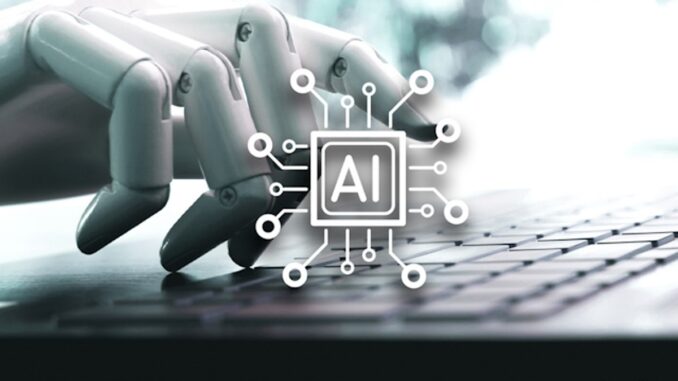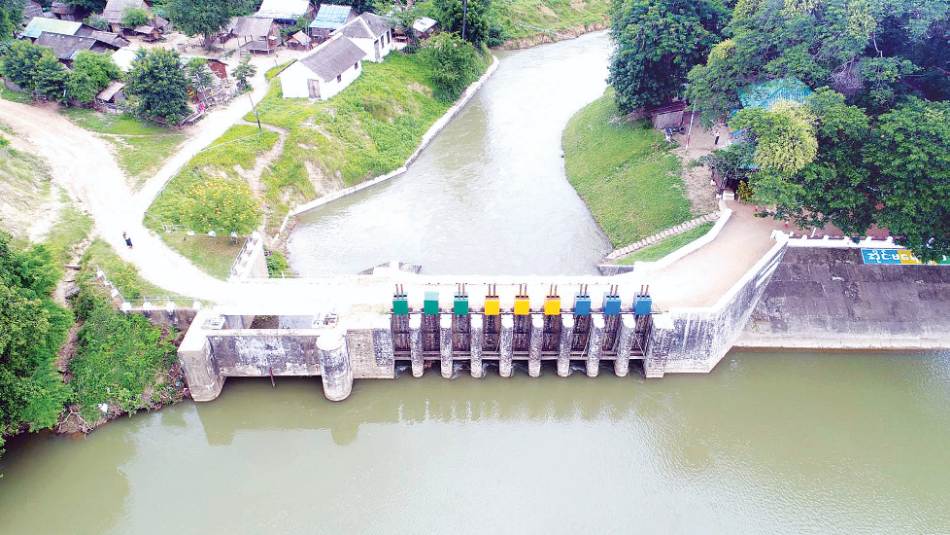
**Workforce Adaptability AI** refers to the integration of artificial intelligence technologies designed to enhance the flexibility and responsiveness of a workforce in response to changing demands and environments.
This can involve various applications and strategies aimed at improving how organizations manage their employees, workflows, and operational strategies.







### 2. **Dynamic Resource Allocation**
– **Predictive Analytics**: AI can forecast workforce needs based on current trends, workloads, and market demands, allowing for better resource allocation.
– **Flexible Staffing Solutions**: AI can help organizations quickly identify and deploy talent as project needs change, through gig-based work models or cross-functional teams.
### 3. **Employee Engagement and Retention**
– **Sentiment Analysis**: AI can assess employee satisfaction through feedback mechanisms and optimize management strategies to improve morale and retention.
– **Personalized Communication**: Automated systems can tailor communication with employees based on their preferences and roles, enhancing engagement.
### 4. **Automation of Routine Tasks**
– **Robotic Process Automation (RPA)**: AI can automate repetitive tasks, allowing employees to focus on more complex, value-added activities.
– **Intelligent Assistance**: Virtual assistants powered by AI can aid employees in managing schedules, answering queries, and providing timely information.
### 5. **Performance Monitoring and Feedback**
– **Real-time Performance Analytics**: AI-driven tools can provide instantaneous feedback to employees, helping to guide performance improvements.
– **360-Degree Feedback Systems**: AI can facilitate comprehensive performance reviews by aggregating diverse feedback sources and analyzing them for actionable insights.
### 6. **Workplace Flexibility and Remote Work**
– **Collaboration Tools**: AI can enhance virtual collaboration tools by optimizing communication, project management, and workflow, making remote work more effective.
– **Health and Safety Monitoring**: AI can monitor employee workloads and stress levels to ensure a healthy work-life balance, particularly in hybrid or remote settings.
### 7. **Data-Driven Decision Making**
– **Workforce Analytics**: AI can analyze massive datasets to reveal trends and patterns in employee performance, job satisfaction, and productivity.
– **HR Forecasting**: AI can guide strategic HR decisions, such as workforce expansion or reduction, based on predictive analytics.
### Implementation Considerations
To effectively implement Workforce Adaptability AI, organizations should consider:
– **Integration with existing systems**: Ensuring that AI tools work cohesively with other HR and operational systems.
– **Data Privacy and Ethics**: Safeguarding employee data and ensuring that AI applications are used ethically.
– **Change Management**: Effectively managing the transition to an AI-assisted workforce requires training and clear communication to employees about the intent and benefits of these systems.
### Future Trends
As AI continues to evolve, we can expect advancements in natural language processing, machine learning, and data analytics to further enhance workforce adaptability. Organizations may increasingly leverage AI to navigate complex global economic changes and emerging workforce trends.
In summary, Workforce Adaptability AI represents a transformative approach to managing human resources and enhancing organizational agility by leveraging advanced technologies to address contemporary workforce challenges.

Leave a Reply